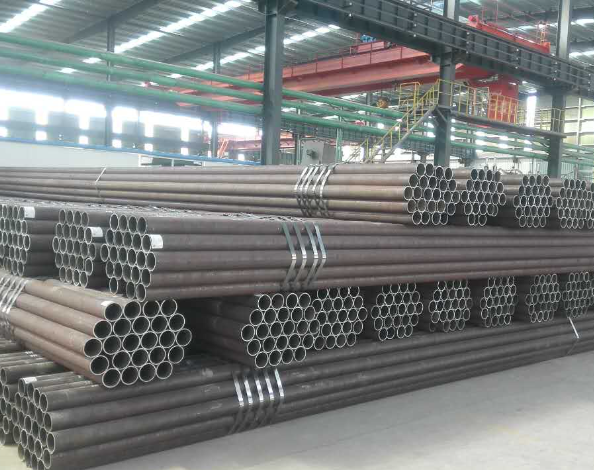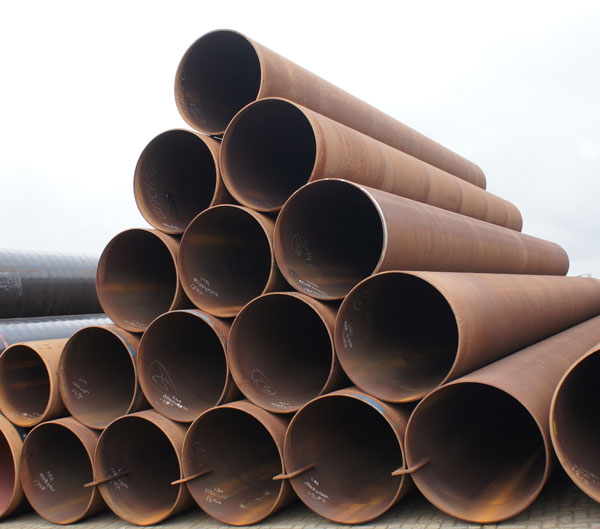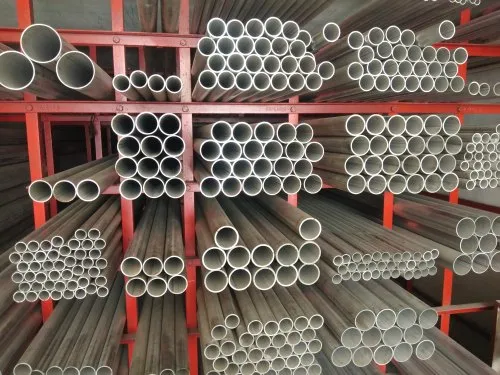News
-

Types of steel used in pipes
Types of steel used in pipes Carbon steel Carbon steel accounts for about 90% of total steel pipe production. They are made from relatively small amounts of alloying elements and often perform poorly when used alone. Since their mechanical properties and machinability are sufficiently good, they ...Read more -

Tensile strength and influencing factors of seamless pipe
Tensile strength of seamless pipe (SMLS): Tensile strength refers to the maximum tensile stress that a material can withstand when it is stretched by an external force, and it is usually used to measure the damage resistance of a material. When a material reaches tensile strength during stress, i...Read more -

How is Pipe Used?
How is Pipe Used? Pipes are used in construction, transportation, and manufacturing. Different materials, design features, and manufacturing methods for steel pipes have evolved and vary depending on the application. Structural Uses Structural uses are generally associated with buildings and cons...Read more -

Advantages, disadvantages and development direction of spiral welded pipe
Spiral welded pipe (ssaw): It is made by rolling low-carbon carbon structural steel or low alloy structural steel strip into a tube blank according to a certain helical angle (called forming angle), and then welding the pipe seam. It can be made with narrower strip steel produces large diameter s...Read more -

ADVANTAGES OF STAINLESS STEEL PIPES
ADVANTAGES OF STAINLESS STEEL PIPES All stainless steels must contain at least 10% chromium. The strength and durability of metal. Mainly due to the chromium content. It also includes varying amounts of carbon, manganese, and silicon. In some types, nickel and molybdenum are added depending on th...Read more -

General regulations for carbon steel pipe installation
The installation of carbon steel pipes should generally meet the following conditions: 1. The pipeline-related civil engineering experience is qualified and meets the installation requirements; 2. Use mechanical alignment to connect with the pipeline and fix it; 3. Relevant processes that must b...Read more
